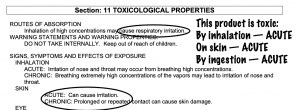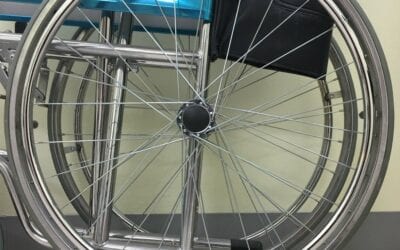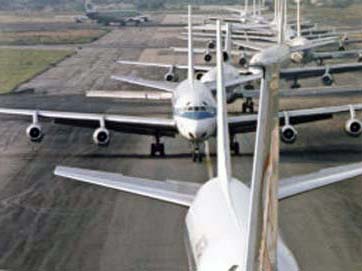Just what are airlines spraying in planes?
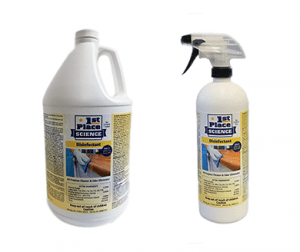
Airlines need standards for disinfectants sprayed in cabins, toilets, and galleys.
THIS IS IMPORTANT. The Environmental Protection Agency (EPA) List-N declares only that a disinfectant will kill COVID-19 or not. However, the same disinfectant kills other life forms in the environment. Plus, it may be hazardous to passengers and crew. Are disinfectants safe for humans?
Travelers United has worked to get the airline industry to examine whether disinfectants are safe for humans and which are not. Full disclosure — we have begun to sell the most environmentally-friendly product. This product, 1st Place Science disinfectant, also has the highest safety rated EPA. The COVID-19 virus can be completely killed without harm to humans or the environment.
1st Place Science is authorized by the EPA to say, “It is so mild that you can wash your hands in it.” Plus, it has the EPA’s best-possible safety rating. In addition, the chemical make-up of 1st Place Science, Chlorine Dioxide, is a good deodorizer.
All disinfectants are tested by the EPA
The disinfectants that kill the coronavirus are termed by EPA as pesticides. Every “pesticide” tested by the EPA has a Safety Data Sheet (SDS) — required by law. These SDSs tell the total story about every product used in cleaning aircraft. SDSs contain information about hazardous chemicals, first aid measures, accidental release measures, handling precautions, personal protections, toxicological information, ecological data, a health rating, and more.

Requires no Personal Protection Equipment (PPE)
1st Place Science has the best EPA rating
The disinfectant recommended by Travelers United and the EPA is 1stPlace Science. It is non-toxic, non-hazardous.
This product has not been evaluated by Boeing. Thus, it has not been approved for use by any airline. Formerly, it was used by American Airlines for years and has proven very effective as disinfectants safe for humans and as a deodorant.
Calla is the main disinfectant used today in airplane cabins
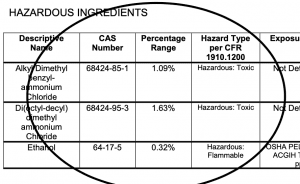
The ingredients have been designated as hazardous by both OSHA and EPA. Yet. this is the most-utilized disinfectant by most airlines. Airlines currently using Calla include JetBlue, Southwest, and American. Delta uses Matrix3, a different brand name for the Calla concoction.
Why? The bottom line comes first — not the health of passengers and crew.
Accidental release measures
The accidental release measures are EPA and OSHA shorthand for environmental-friendliness. The fewer clean-up protocols the better. The disinfectants safe for humans are good for the environment, too.
1stPlace Science has no extra environmental protocols. Flush it down into the wastewater systems. It will not affect the environment.
Calla 1452 must be contained. Do not allow it to damage aquatic life.
Many considerations go into deciding what disinfectant to use. However, the Boeing authorized product can be utilized easily because of its assumed approval from the manufacturer. Some disinfectants discolor the finish. Others affect plastics. Plus, dwell times (which must be tested separately from EPA) let airlines know what cleaners work the most quickly.
Clorox and Lysol can be dangerous for passengers and crew
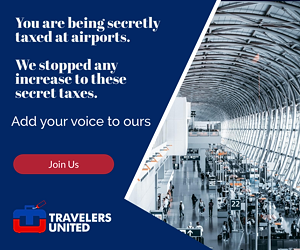
The SDS for Clorox says it contains hazardous ingredients. Plus, it causes eye irritation and requires PPE for application. The SDS for Lysol clearly states that it is a poison. It must be applied with PPE and it has inhalation and skin hazards and causes serious eye danger.
I don’t think that mothers of small children would ever give their children a bottle of Lysol or Clorox to play with. It is a collection of dangerous chemicals. When the EPA and OSHA both say that there are acute health hazards created by these products, why use them to kill COVID-19 in airplane cabins? Mothers and fathers who use these familiar products should use their common sense.
Application with an electrostatic sprayer is not allowed for all disinfectants
The labels of the disinfectants must note that the products can be sprayed onto surfaces to kill the coronavirus. If it is not on the label, it cannot (should not) be sprayed. Though most disinfectants are applied with an electrostatic sprayer, airlines must make sure that they follow the label instructions. Otherwise, they are breaking the law.
READ ALSO:
How to keep what you do in your hotel room private
Why flight crews should all be coronavirus tested
The Airline Pilots Association has insisted on standards for disinfectants — they will be published in mid-December
Hopefully, there will be a long list of approved disinfectants and cleaners included. Adding more products will allow for more robust competition. Of course, the disinfectants must all be tested by the EPA and OSHA. However, pilots and flight attendants should be most concerned. They spend much longer in the plane cabins than passengers.
Travelers United is not alone in asking questions about what is being sprayed in airplane cabins. I have already noted that pilots and flight attendants are questioning disinfectant standards. Now the FAA has joined in with the development of an Air Worthiness Information Bulletin that states:
As a result of the coronavirus disease 2019 (COVID-19) public health emergency, aircraft owners and operators may find it necessary to increase the frequency with which they disinfect aircraft interiors and to include additional areas of the aircraft not previously disinfected. …
FAA recommends that all owners and operators as well as any other person responsible for the airworthiness of affected aircraft implement the aircraft manufacturer’s disinfection guidelines and be aware of the potential negative impacts of disinfectants. …
FAA notes that although the Environmental Protection Agency publishes a list of disinfectants effective at inactivating COVID- 19, the majority of the products listed may not be suitable for use on aircraft …
The FAA and DOT should require aircraft manufacturers to let manufacturers of airline cabin disinfectants know whether their products will affect passengers and crew. There are also problems with harm to aircraft materials and avionics.

Charlie Leocha is the President of Travelers United. He has been working in Washington, DC, for the past 14 years with Congress, the Department of Transportation, and industry stakeholders on travel issues. He was the first consumer representative to the Advisory Committee for Aviation Consumer Protections appointed by the Secretary of Transportation from 2012 through 2018.

